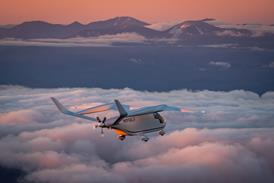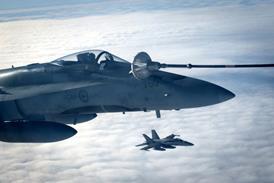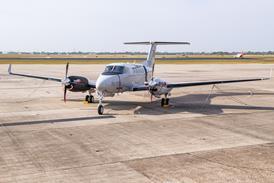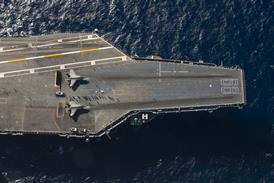US Industry moves to fit TAWS and HUMS as standard
US helicopter manufacturers are set to revolutionise the standard fitment of safety equipment in new-build helicopters.
Bell Helicopter, MD Helicopters (MDHI) and Sikorsky are to fit terrain awareness and warning systems (TAWS), health monitoring systems (HUMS) and flight data/cockpit voice recorder (FDR/CVR) systems as standard according to aircraft role, says the US Federal Aviation Administration’s rotorcraft directorate manager David Downey.
The change is taking place despite the lack of regulation requiring the equipment, says Downey, who has been discussing helicopter safety equipment with all three. “Sikorsky builds the [FAR] Part 29 machines so it is at the high end of the types of equipment. MDHI, which builds to Part 27, will use smaller, less-sophisticated boxes, but has a more tailored equipment suite. Bell is in the middle with both Part 29 and 27 machines and they are installing [equipment] in both helicopter lines.”
By January 2007 Sikorsky S-76 machines will emerge from the line fitted with FDRs, says Downey, although US regulations do not always require them at present.
Downey says he has already been speaking to AgustaWestland and Eurocopter and is to meet them again towards the end of March. In Europe the Part 29 equivalent types already have some of the equipment, but “on Part 27 we are discussing what might make sense on a cost/benefit basis”. Meanwhile the US National Transportation Safety Board has just recommended that TAWS should be fitted to all turbine-powered helicopters that can carry six or more passengers.
Downey says that, in general terms, the FAA feels a decision on whether advanced safety equipment like TAWS should be fitted ought to take a helicopter’s role into account. For example, he says, TAWS would be of little use to a helicopter shooting television news scenes in a metropolitan environment (because of constant warnings produced by nearby buildings), or for a firefighting aircraft that is constantly varying its height above the surface because of the demands of the task.
“If an aircraft is doing long line work or repetitive heavy lift, a HUMS system might be a better investment [than TAWS],” Downey says, adding: “What we want is to make the case that for a given operation – tour operators, off-shore, long-line, TV, emergency medical services, police – we provide a recommended suite of safety equipment that will be beneficial.”
He expects to be discussing similar issues with European manufacturers later this month.
DAVID LEARMOUNT / LONDON
Source: Flight International























